Here are 14 unforgettable things to do in St John’s, Newfoundland, Canada. People desire to return to St John’s, Newfoundland, every year because of the welcoming locals, beautiful scenery, delicious food, lively music, and rich culture. Let’s travel!
1. What is the best time to visit St. John’s, Newfoundland?
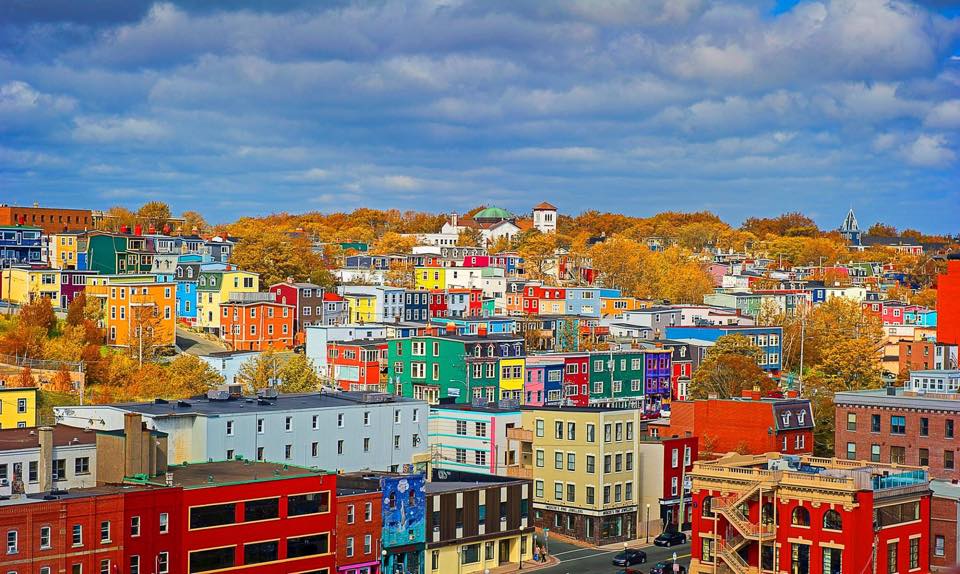
If you’re planning a trip to St. John’s, Newfoundland, you’re undoubtedly curious about the best time to visit. Summer is certainly the most popular time to visit. This is, however, the busiest travel season. Traveling to St. John’s, Newfoundland, in the spring and fall can also be a nice choice.
Visiting St John’s Newfoundland in September is a great time to see the fall colors, though the west coast is more popular. There are plenty of things to do in Newfoundland in August. Specifically, you can go whale watching, hiking, fishing, camping, or attending one of the popular festivals.
Besides, winter in St John’s Newfoundland is harsh. So from July to September, you will adore St John’s Newfoundland.
2. Where is St. John’s?
St. John’s is located on Newfoundland’s eastern coast. It was Canada’s final city before reaching the Atlantic Ocean. Many planes flying to Ireland, for example, stop here to ensure everything is in working order before crossing the Atlantic.
- See more: Ready to blow: Fears that sixty-ton blue whale carcass could EXPLODE at any moment in Newfoundland
3. What is the best way to get to St. John’s, Newfoundland?
There are three ways:
- You can fly
- You can drive: If you drive from outside of Newfoundland, you’ll have to take a 6-hour boat to the NFLD’s westernmost point. It’s a 6- to 8-hour trip to St. John’s, which is on the opposite side of the island.
- You can get there by boat.
4. Top 14 Outstanding Attractions and Activities in St John’s, Newfoundland
The Rooms

The Rooms, located on a ridge overlooking the city, integrate the Provincial Museum. There are always plenty of things to see and do here for family. The observation deck provides the best views of the entire harbor.
- Address: 9 Bonaventure Ave, St. John’s, Newfoundland
Things to do in St john’s Newfoundland: Atlantic Puffin and Whale
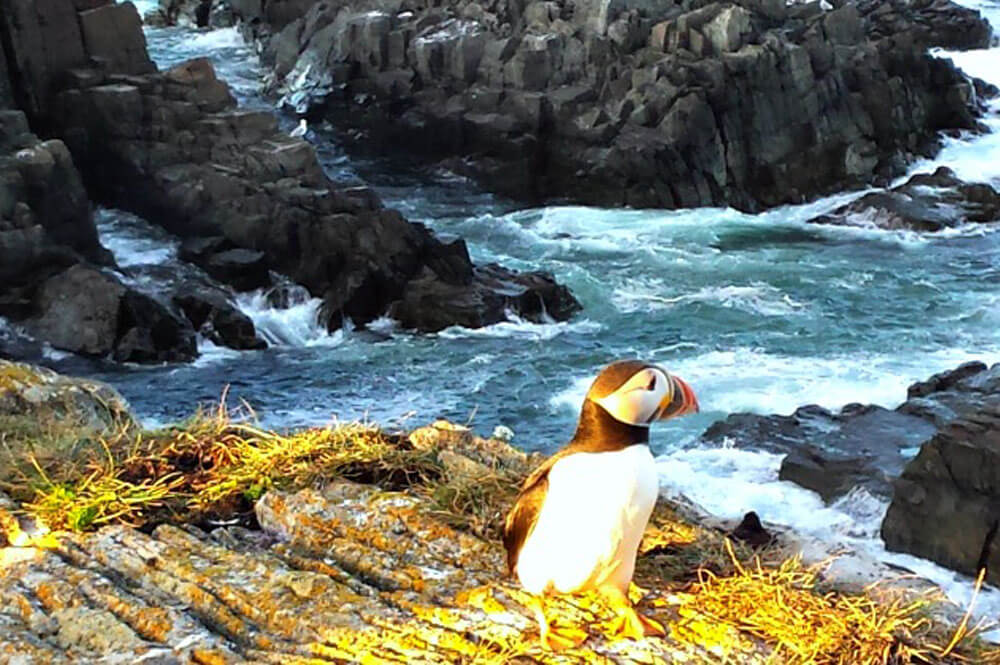
The east coast of Newfoundland is home to the greatest puffin and kittiwake colonies in North America. More specifically, it is where more than 90% of the Atlantic puffins on the continent breed.
On their yearly migrations into Witless Bay and the waters off the coast of Newfoundland, capelin and other small fish are followed by whales. In June and July, you can readily see them from the shore.
Puffin and whale-watching cruises are available from several companies in Bay Bulls and Witless Bay.
Hill National Historic Site & Cabot Tower
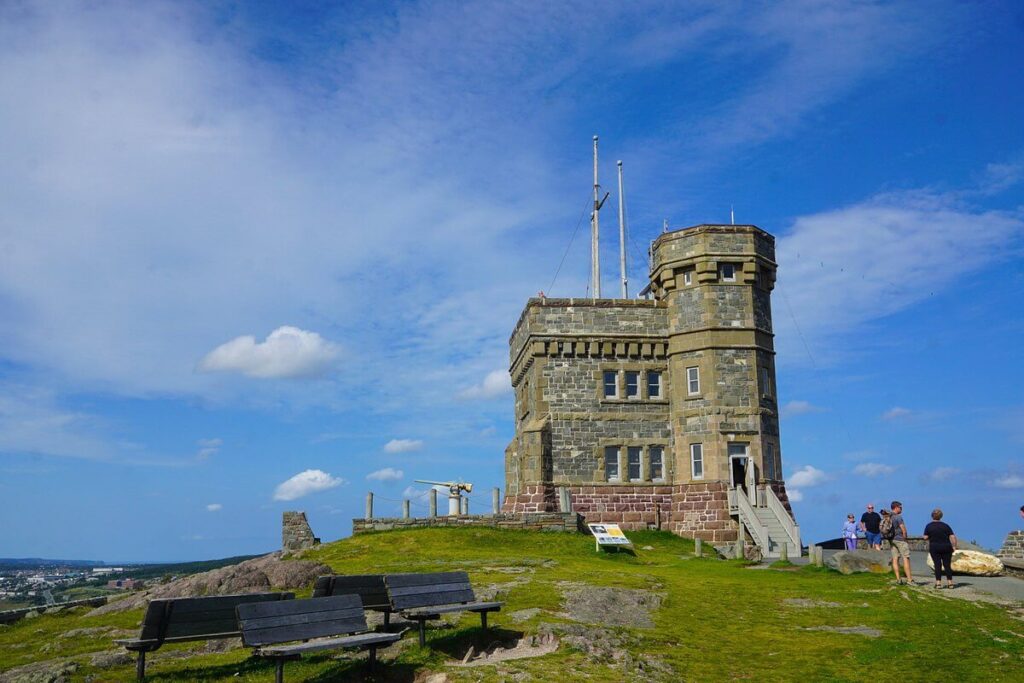
The 360-degree view of the city is just one of the attractions that make Signal Hill National Historic Site becomes the best place to visit in St. John’s.
You can explore the remnants of Queen’s Battery and learn about the significance of Signal Hill and the harbor in the visitor center.
National Historic Site of Hill Cabot Tower The hilltop Cabot Tower was built in 1898 to mark the 400th anniversary of John Cabot’s voyage.
- Address: 230 Signal Hill Road, St. John’s, Newfoundland
Memorial University Botanical Garden and Pippy Park
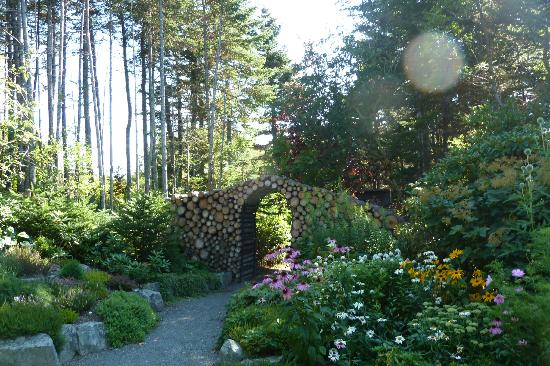
MUN Botanical Garden has themed gardens and trails through different ecosystems. Rhododendrons are in full bloom in June and early July.
The Fluvarium provides a year-round close-up view of the fish, insects, and plants beneath the water. Rennie’s River Trail runs between Long Pond in Pippy Park and Quidi Vidi Lake.
- Address: 306 Mt. Scio Road, St. John’s, Newfoundland
Things to do in St john’s Newfoundland: Basilica of St. John the Baptist
The Roman Catholic basilica is one of Newfoundland’s most important architectural structures. The statue of Our Lady of Fatima in one of the transepts was a gift from Portuguese sailors. The basilica is known as a National Historic Site.
- Address: 200 Military Road, St. John’s, Newfoundland
Things to do in St john’s Newfoundland: Anglican Cathedral of St. John
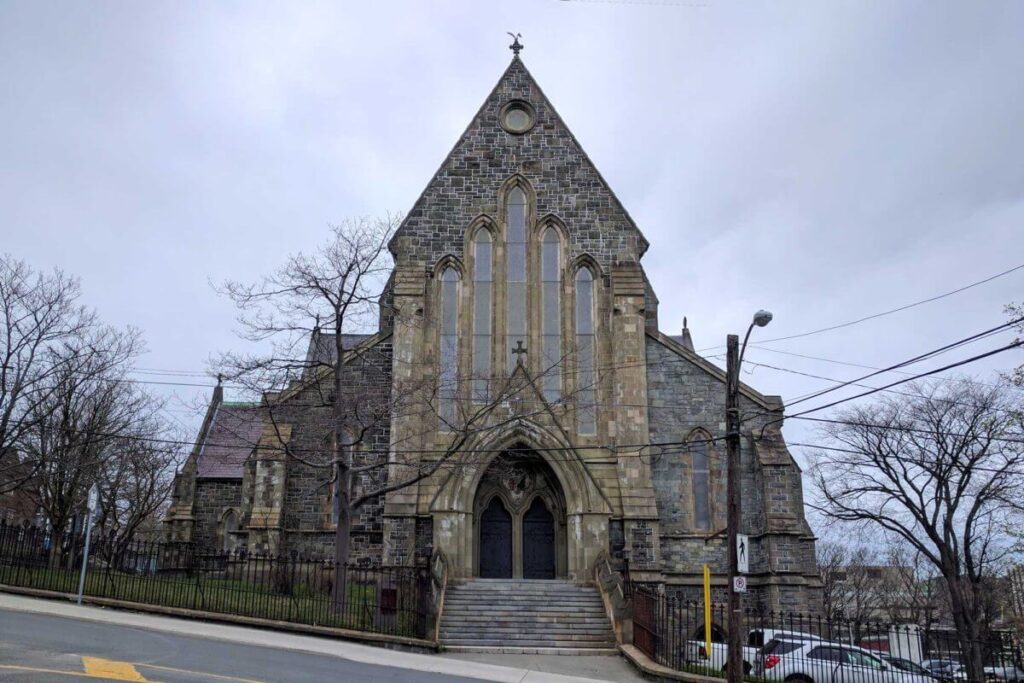
The Anglican cathedral on Church Hill is a National Historic Site – the oldest Anglican Church in Canada.
The cathedral was not fully restored until 1905, after suffering significant damage in two major 19th-century fires. The Crypt Tea Room serves refreshments and home-baked desserts on summer afternoons.
- Address: 16 Church Hill, St. John’s, Newfoundland
Maritime Music

Newfoundland is a center for traditional Maritime Music. It is a style distinguished by strong Scottish and Irish influences, as well as sailors’ and fishermen’s songs and ballads.
The best place to hear it is on St. John’s two-block George Street, the city’s small but vibrant entertainment district.
Things to do in St john’s Newfoundland: Bell Island
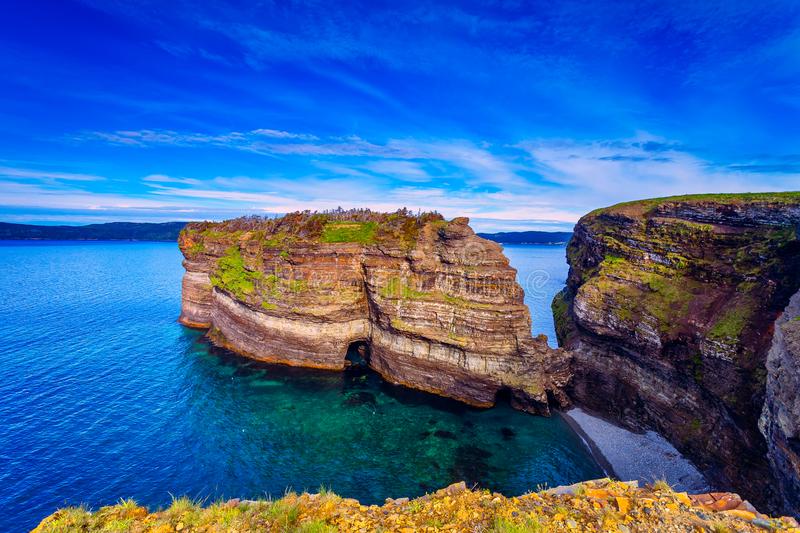
A short ferry from Portugal Cove takes you to Bell Island, which once housed the world’s largest undersea ore mine. Undoubtedly, the geology of the island is unique. Because it has a mass of sandstone dominated by granite and shale.
At this time, you can learn about the island’s history by visiting the mines museum and hiking trails to the lighthouse, beaches, and cliff views.
Salmonier Nature Park – Things to do in St john’s Newfoundland
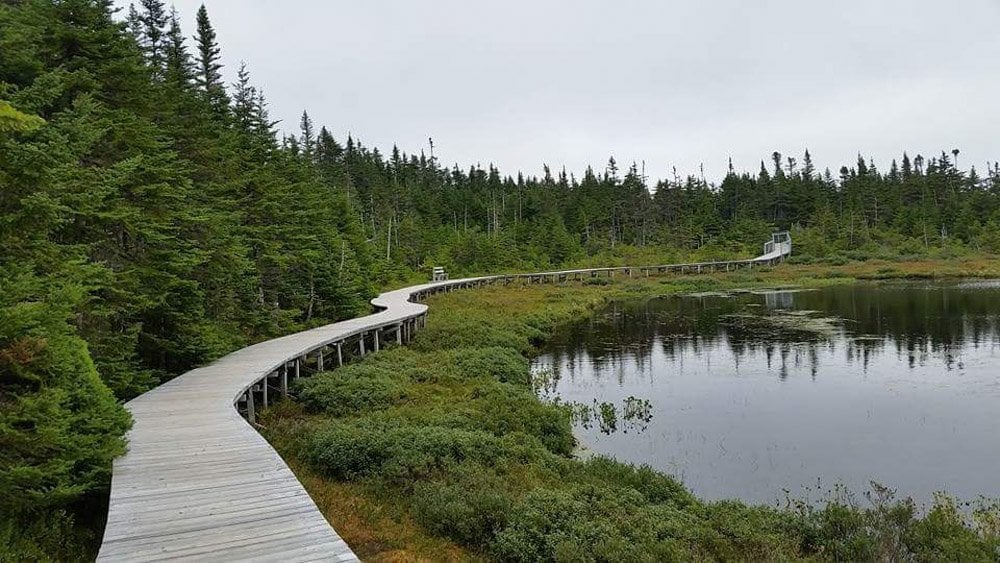
There are miles and miles of wild parklands near St. John’s where moose, caribou, and other wild animals and birds roam free. However, tourists are rarely able to observe these woodland creatures.
Furthermore, the park has evolved into a center for wildlife rehabilitation, research, and environmental monitoring.
- Address: Salmonier Line, Holyrood, Newfoundland
Spear Lighthouse National Historic Site

The oldest surviving lighthouse in Newfoundland, marking Cape Spear, North America’s most easterly point.
Along with its historical significance, Cape Spear is a popular destination for whale watching and hiking along the dramatic coast.
- Address: Blackhead Road, Blackhead, Newfoundland
Johnson GEO Centre
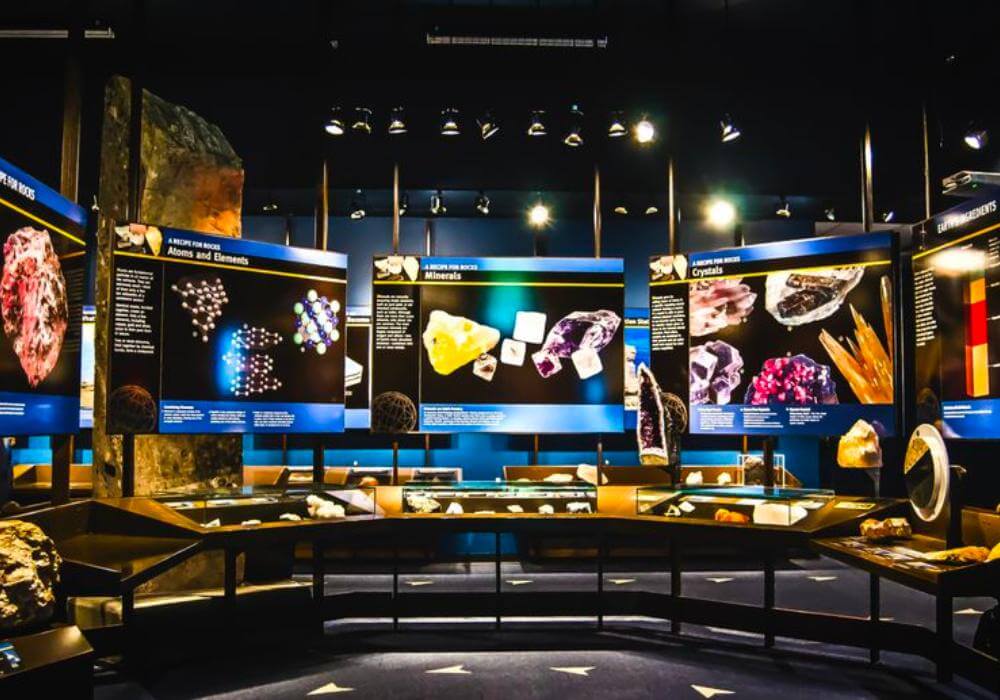
The Johnson GEO Center, incorporated the surrounding terrain into its exhibit space, takes visitors beneath Signal Hill and into the 550-million-year-old rock bed.
More than a dozen interactive exhibits explain the earth’s geologic and cultural history, as well as life in Newfoundland.
- Address: 175 Signal Hill Road, St. John’s, Newfoundland
East Coast Trail – Things to do in St john’s Newfoundland

The East Coast Trail is one of Canada’s most spectacular hikes, with over 300 kilometers of developed trails running along Newfoundland’s East Coast.
The developed portion begins at Cape St. Francis, north of St. John’s, and runs south to Cappahayden. For shorter hikes, there are several access points to individual sections of the trail.
Things to do in St john’s Newfoundland:Quidi Vidi
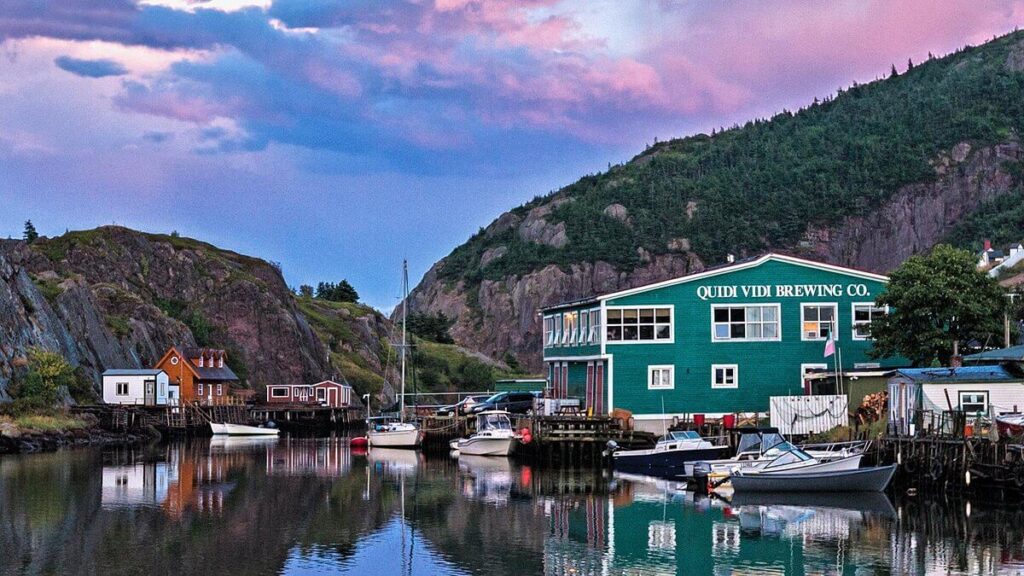
The charming fishing community on the north side of Signal Hill has become a haven for local artisans and craftspeople, who welcome visitors to their studios and workshops.
This is not only a great place to go shopping for quality gifts and souvenirs, but it’s also a great place to meet famous artists.
The Harbor and Water Street
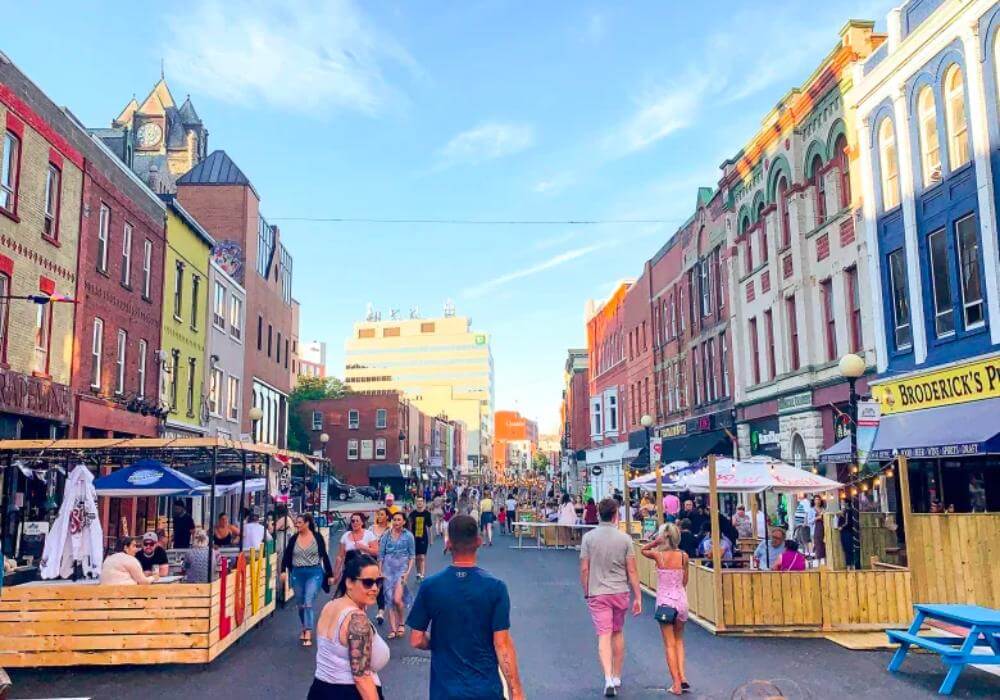
Water Thoroughfare is North America’s oldest main street, having begun as a passage for early explorers and settlers.
On Water Street, Harbourside Park features benches and views of ships, as well as occasional summer concerts and statues of the province’s two hallmark dogs, the Newfoundland and Labrador Retrievers.
5. Top 10 Fun Facts About St.John’s
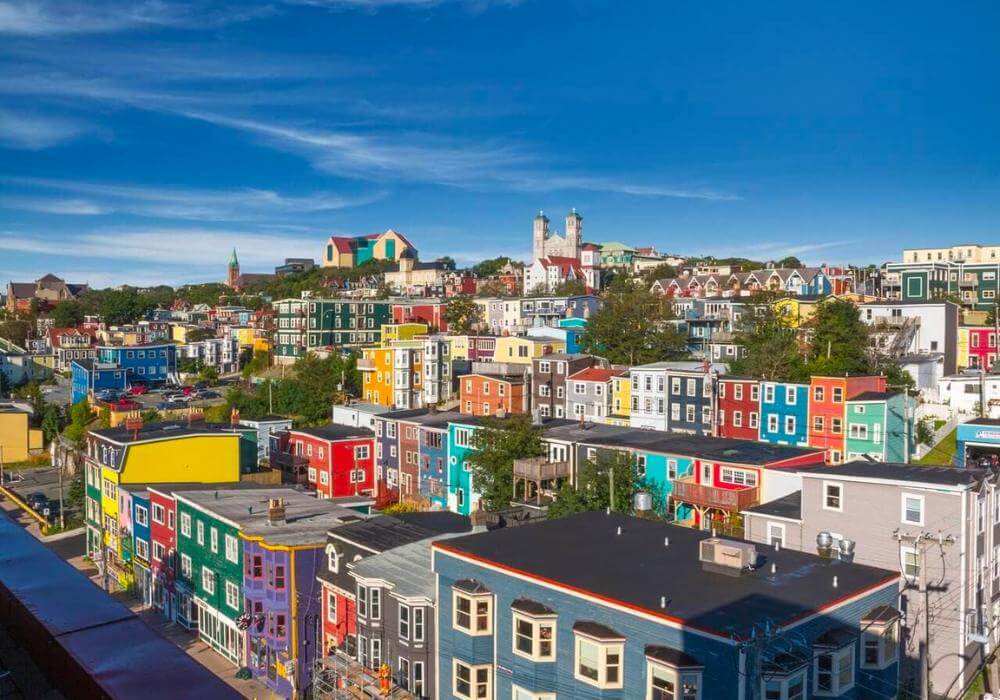
- St. John’s was the first house of worship built in Larchmont during its most active growth period at the end of the nineteenth century.
- St. John’s is the capital and largest city of Newfoundland and Labrador, Canada.
- St. John’s had 21 National Historic Sites of Canada as of 2012.
- On June 24, 1497, John Cabot was the first explorer to sail into St. John’s harbor.
- St. John’s is the most easterly city in North America, excluding Greenland.
- Waterford, Ireland and St. John’s, Newfoundland have nearly identical accents.
- St. John’s is twinned with the cities of Ilhavo, Portugal, and Waterford, Ireland.
- St. John’s has a population of 113,948 people.
- St. John’s is located on the large Canadian island of Newfoundland, on the eastern tip of the Avalon Peninsula.
- The city has a total area of 446.04 square kilometers (172.22 square miles) and is North America’s easternmost city.
